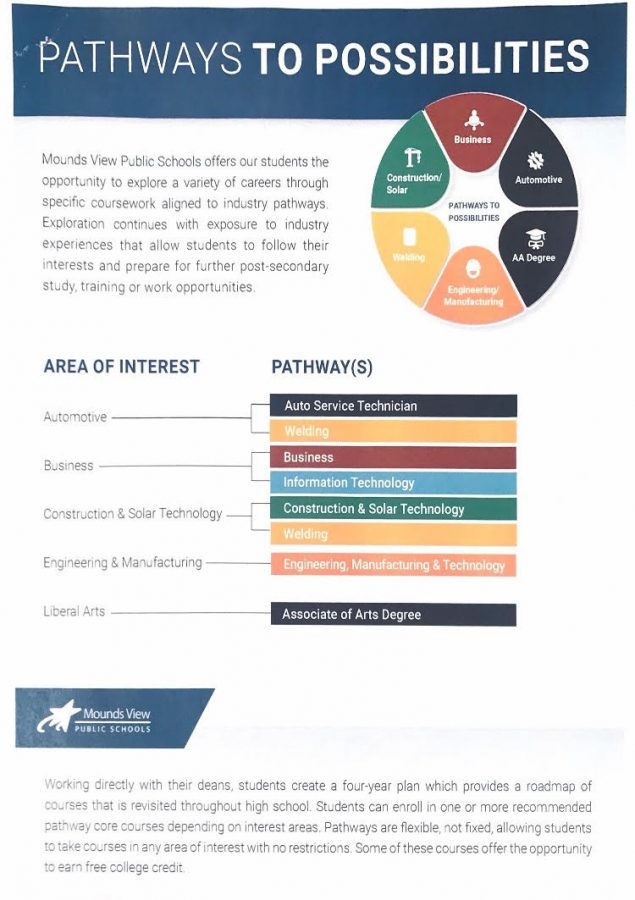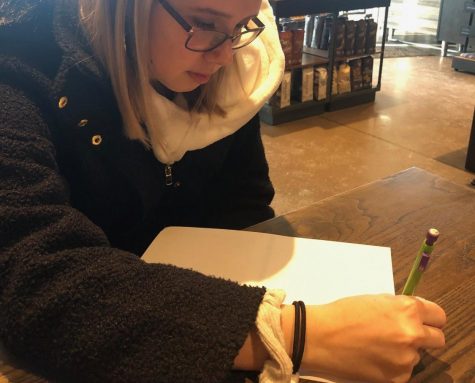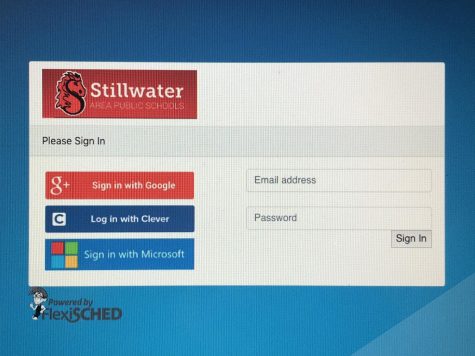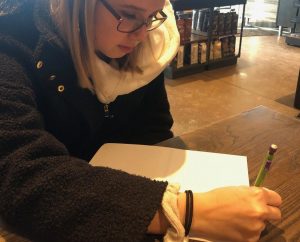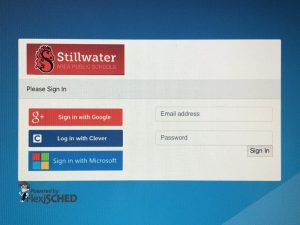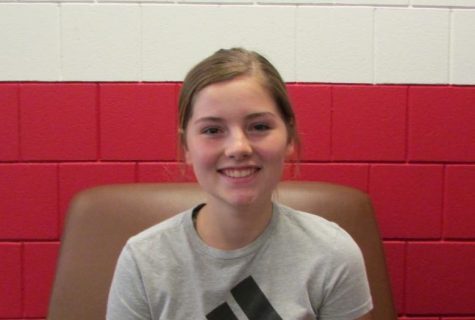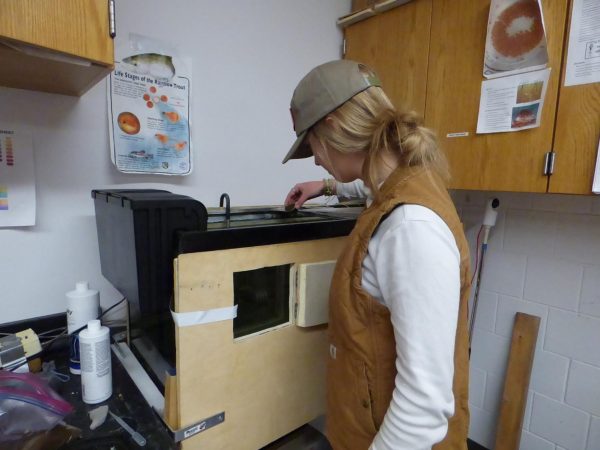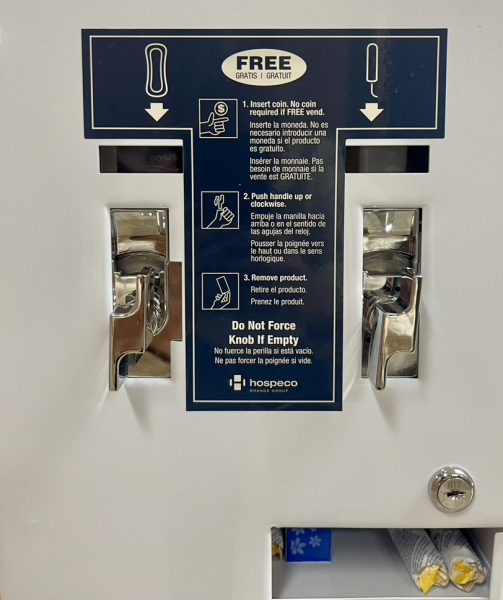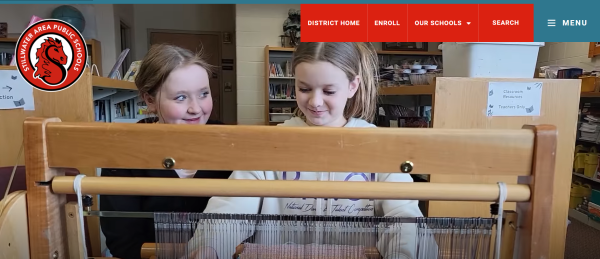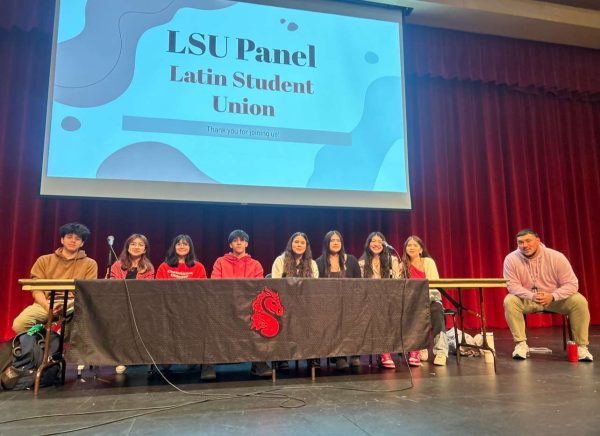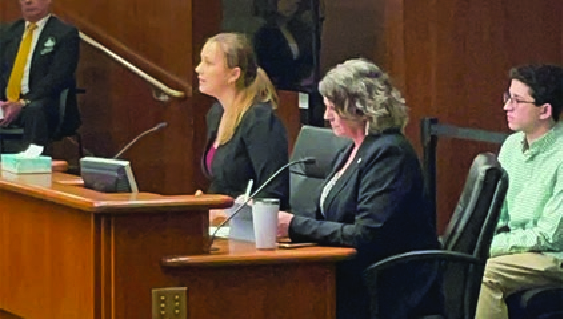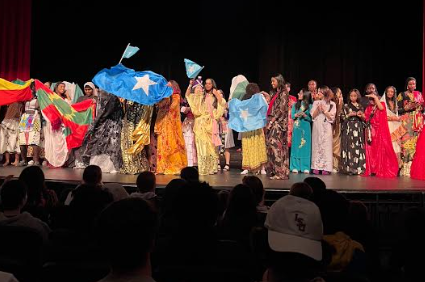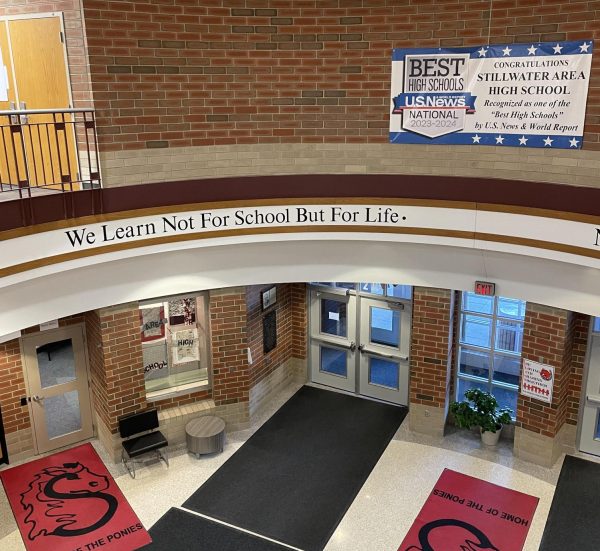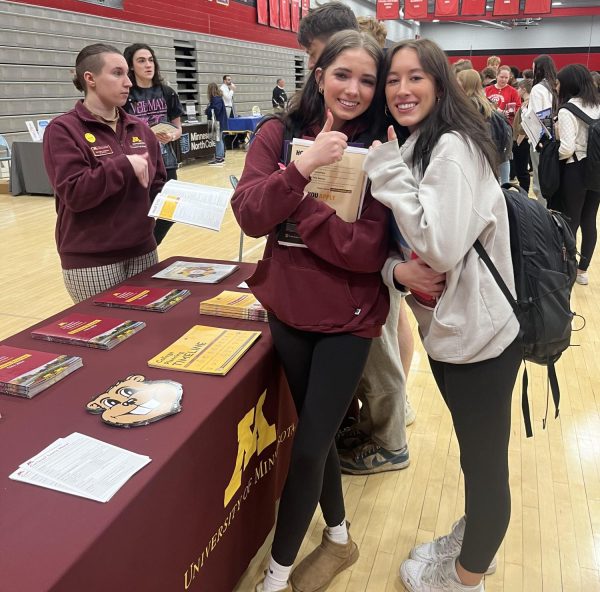Innovations team visits Mounds View, investigates Pathways
Graphic Image from Mounds View Public Schools
This is a copy of Mounds View’s information graphic, which describes their version of the pathways program. The Innovation Team further reviews their program on April 9.
April 15, 2019
“I want to inspire curiosity in all learners through educational programming that is personalized, student-driven, and highly engaging,” John Perry Director of Learning, Technology, and Design Systems said, and that is the mission of the Pathways program that the Innovations team wants to get more exposure to.
The Innovations Team is a group of 20 staff and seven students and parents. Co-facilitators include Rachel Steil and Aaron Drevlow, who focus on looking to help further students with their studies and to help get them prepared for post-high school options.
The ensemble makes their way to Mounds View High School April ninth, in the hopes of taking a better look at Pathways Program in action. This program is created to organize and help students explore a specific career. Within the curriculum, students complete specific coursework parallel to the industry of their interests.
Mounds View implements their program for new incoming students by having them, “create a four-year plan which provides a roadmap of courses that is revisited throughout high school. Students can enroll in one or more recommended pathways core courses depending on interest areas. Pathways are flexible, not fixed, allowing students to take courses in any area of interest with no restrictions.”
The Innovations team gets collective input from multiple teachers and staff. They are also able to get fresh perspectives from several students that helps connect with the student body.
I want to inspire curiosity in all learners through educational programming that is personalized, student-driven, and highly engaging.
— John Perry
“I’m on Student Council and so it was offered to us as an option because they want to hear student’s voices along with teachers…they come from different backgrounds than we do and we live in a different time than they have grown up in. We can better convey how the students are going to feel about certain things,” sophomore Sophie Cronk said.
As a student who helps the Innovation Team, she said she has been given many opportunities for better perspectives and to gain leadership skills.
When it comes to the Pathways program, Cronk feels as though the program is “a good idea. It’s going to integrate a lot more of what students want to do with the rest of their lives and help them get on track for that instead of just general school.”
Perry has been helping to facilitate the high school’s discussion and development towards the pathways program. With a district view, Perry gives a wider and more broad view of how this program could improve students.
“The main benefit to any pathway structure is that student course offerings build upon themselves, providing students deeper learning experiences in any given professional domain. Additionally, it could provide students with the opportunity to obtain specific certifications and complete advanced college credits, increasing both college and career readiness,” Perry explained.
The team became interested in the term “pathways” when other schools started implementing similar ideas. Providing students a better understanding of their future.
“It’s coming to the conclusion that nowhere in this world will you ever have a schedule that is periods 1,2,3,4,5,6 and lunch at this time. You are going to have a schedule at university where you have a Monday, Wednesday, Friday or at work you’ve got this meeting and then you go to this meeting,” Assistant Principal Aaron Drevlow said. “Then the next week you’re in St. Sebastian, Florida. It just isn’t the real world to think we’re one through six.” Drevlow is a member of the Innovations team focused on solving problems within our schools.
“I think in my mind’s eye, I would say the biggest thing that we’re fighting is time. We don’t necessarily need more content, and we don’t necessarily need to accelerate our students. What we do need to do is give them time to actually do the things that they have already,” Drevlow said. “Our students don’t say, ‘give me more,’ they say, ‘give me more time.’”


